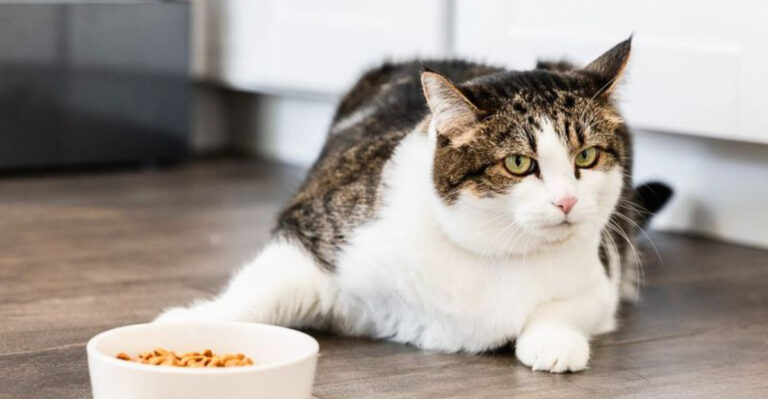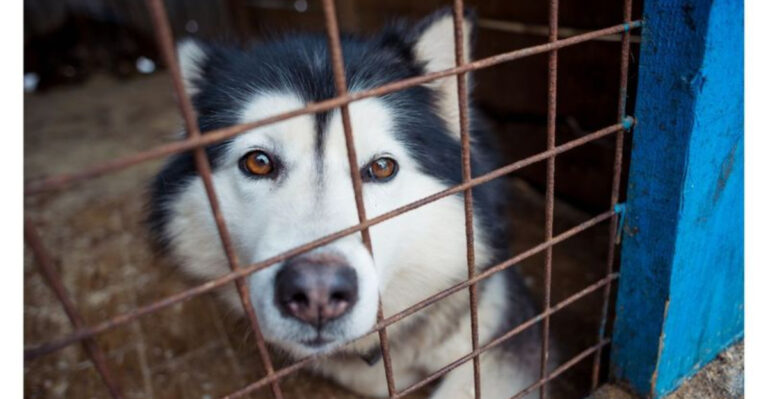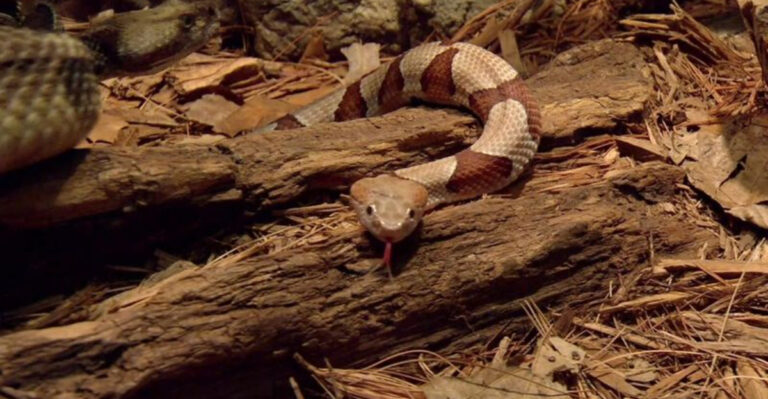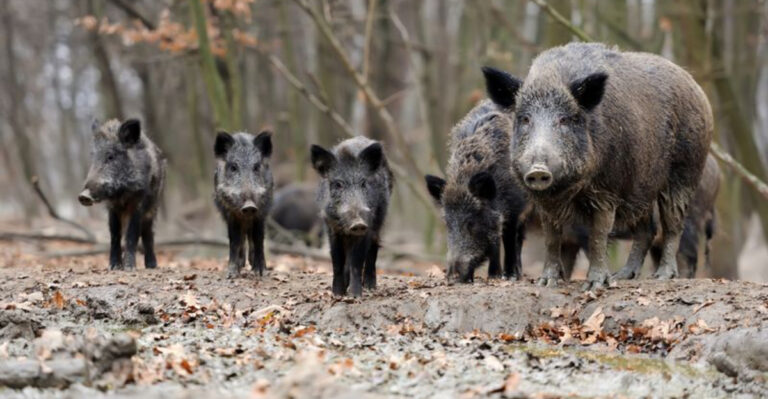16 Simple Ways You Can Help Save The Bees In Your Backyard
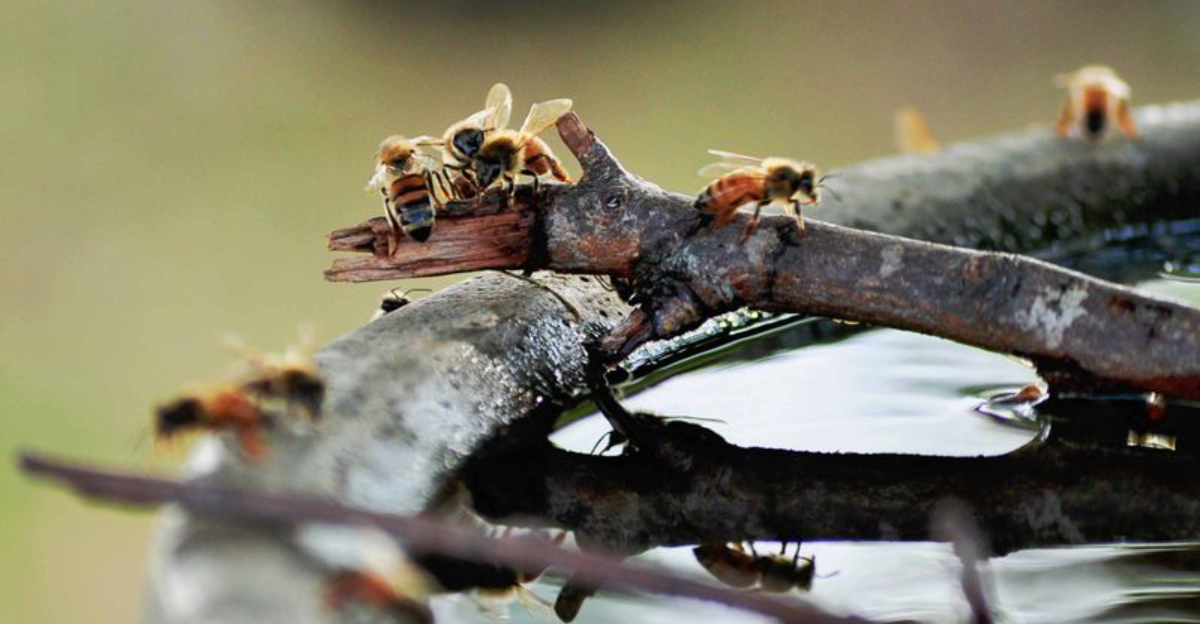
Buzzing from flower to flower, bees perform a vital service that keeps our world blooming and our food growing.
These tiny pollinators are facing serious threats from pesticides, habitat loss, and climate change. The good news? Your backyard can become a bee sanctuary with just a few simple changes that make a world of difference for these essential insects.
1. Plant Native Wildflowers
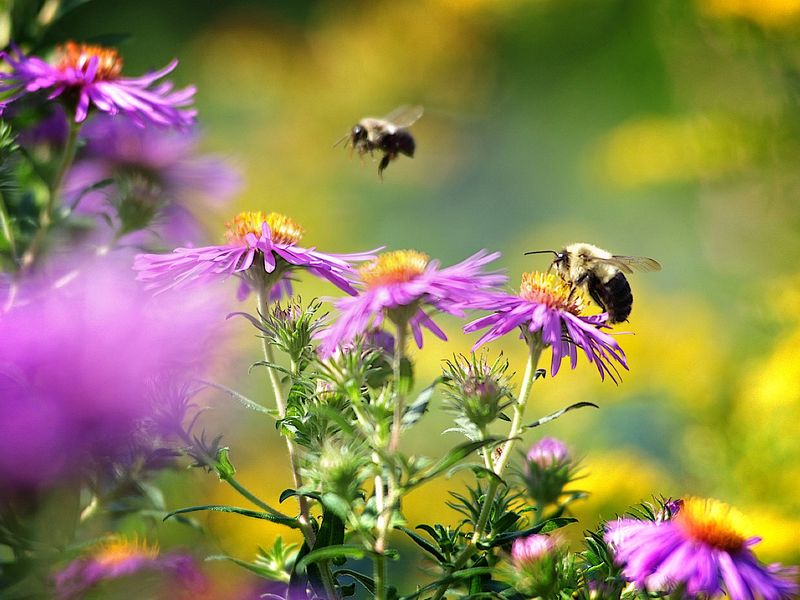
Local wildflowers evolved alongside native bees, making them perfect food sources. They require less maintenance and water than exotic plants too.
Choose varieties that bloom at different times to provide year-round nourishment. Even a small patch can become a busy bee restaurant!
2. Create A Bee Bath
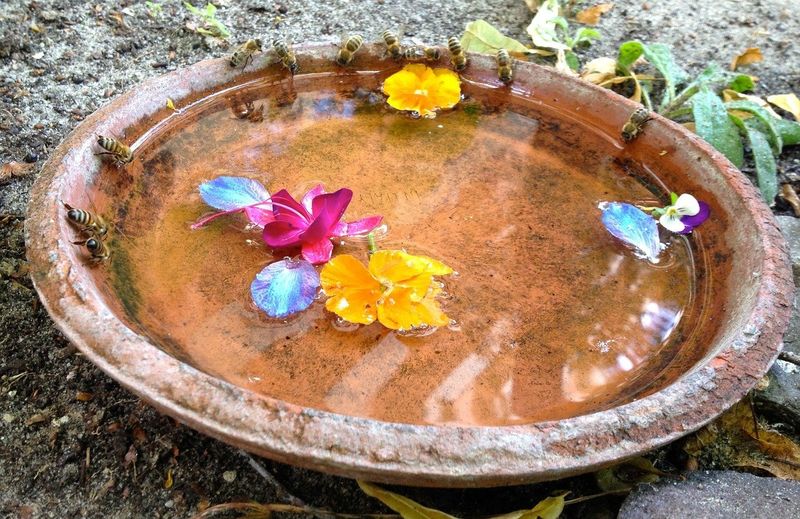
Ever seen a thirsty bee? Fill a shallow dish with water and add pebbles or marbles that stick up above the water line. This gives bees a safe landing pad to sip without drowning.
Place it in a sunny spot and keep it filled with fresh water, especially during hot weather.
3. Skip The Chemicals
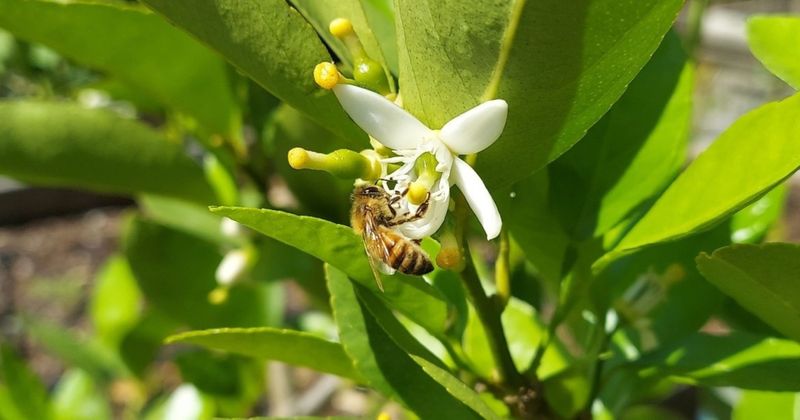
Pesticides don’t just kill pests—they harm beneficial insects too. Switch to natural pest control methods like companion planting, hand-picking bugs, or introducing beneficial insects.
Your garden might look a little less perfect, but the bees will thank you with increased pollination and healthier plants.
4. Build A Bee Hotel
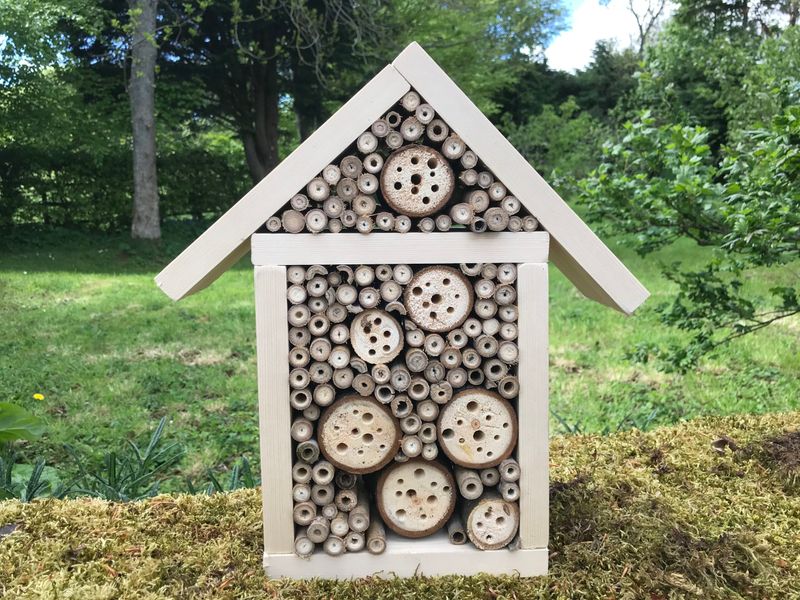
Hollow bamboo stems bundled together or blocks of wood with drilled holes make perfect homes for solitary bees. These busy pollinators need safe places to lay eggs and shelter from weather.
Mount your bee hotel on a sunny wall or fence, about 3-5 feet off the ground, facing south or southeast for maximum warmth.
5. Leave Bare Patches Of Soil
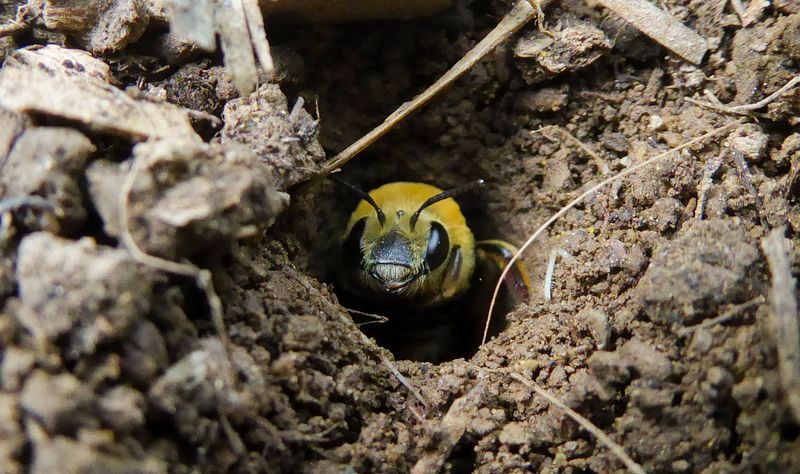
Surprise! About 70% of native bees nest underground. They need access to bare, undisturbed soil to dig their tiny homes. A small patch of uncovered earth in a sunny spot works wonders.
Just leave a corner of your yard unmulched and watch as ground-dwelling bees make themselves at home in your bee-friendly real estate.
6. Grow Herbs For Bees
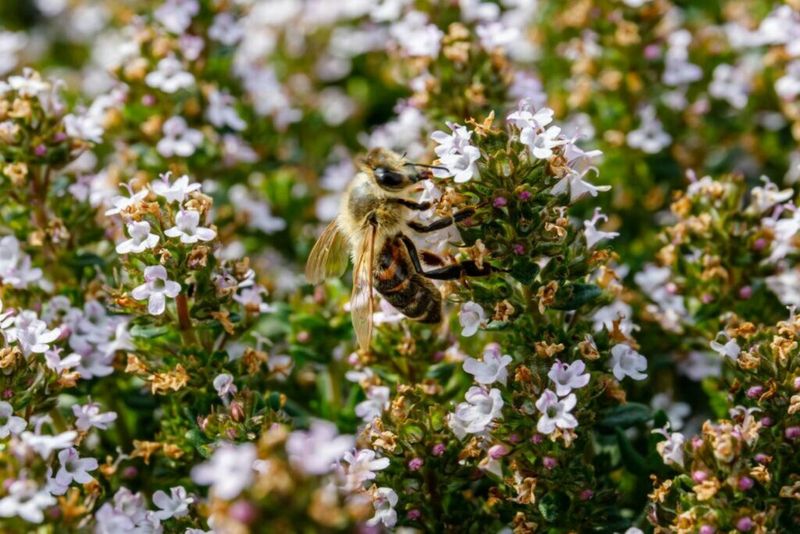
Herbs pull double duty in the garden—seasoning your food while feeding hungry bees! Mint, thyme, oregano, rosemary, and lavender produce tiny, nectar-rich flowers that bees absolutely adore.
Let some herbs flower instead of harvesting them all. The fragrant blossoms will attract bees from far and wide to your aromatic buffet.
7. Provide Nesting Materials
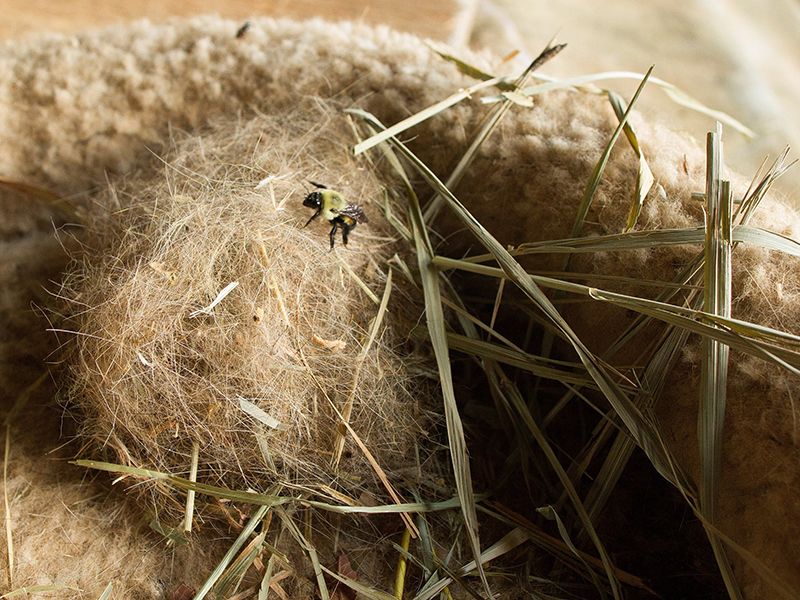
Fluffy plant materials help bumblebees build cozy nests. Leave natural fibers like cattail fluff, milkweed seed silk, or dried grasses in small piles around your yard.
Avoid clearing every fallen leaf or twig. What looks like garden debris to us might be valuable housing materials for our buzzing friends!
8. Embrace Dandelions
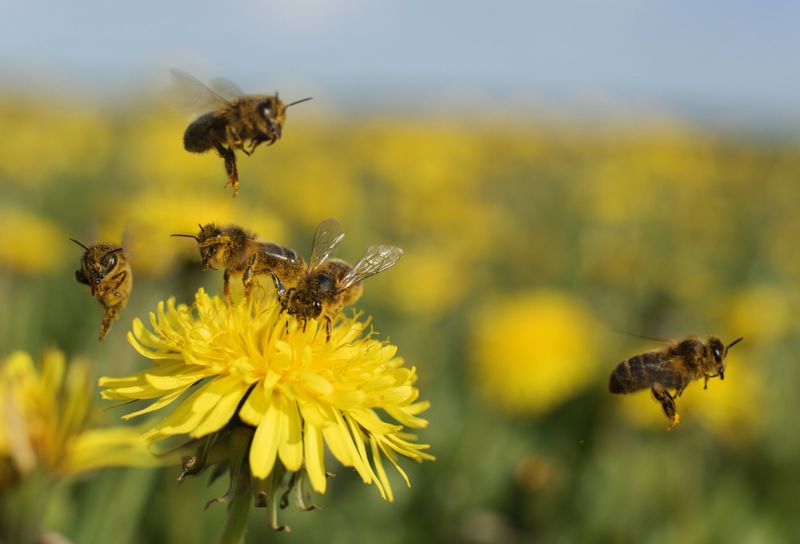
Those yellow “weeds” popping up in spring are actually bee superfoods! Dandelions provide crucial early-season nectar when few other flowers are blooming.
Hold off on mowing them down until they’ve finished flowering. Your lawn might look a little wild for a few weeks, but hungry bees emerging from winter will throw a party in your yard!
9. Plant Clover In Your Lawn
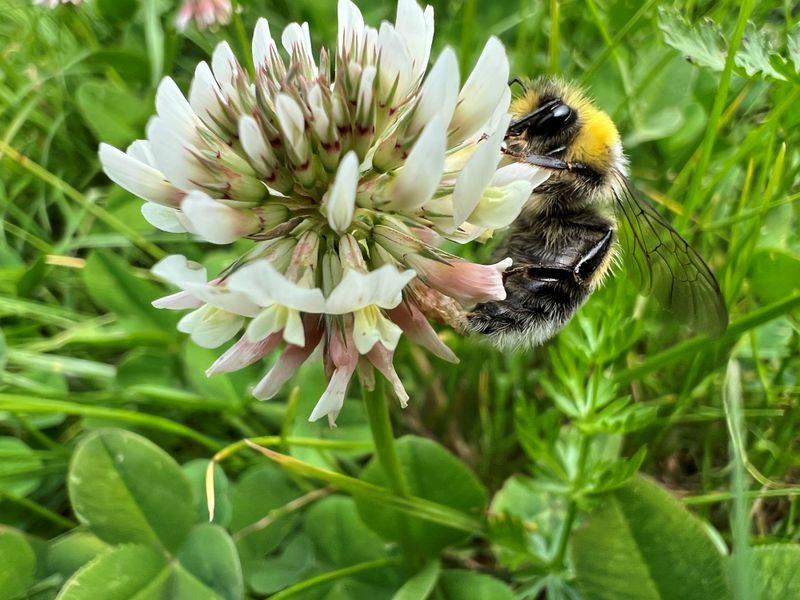
Mixing clover into grass creates a bee-friendly lawn that stays green with less water and fertilizer. White clover flowers provide protein-rich pollen that helps bee colonies thrive.
Mow high (about 3-4 inches) to allow clover to flower. The tiny blooms will attract bees while naturally adding nitrogen to your soil—a win-win!
10. Create Flowering Borders
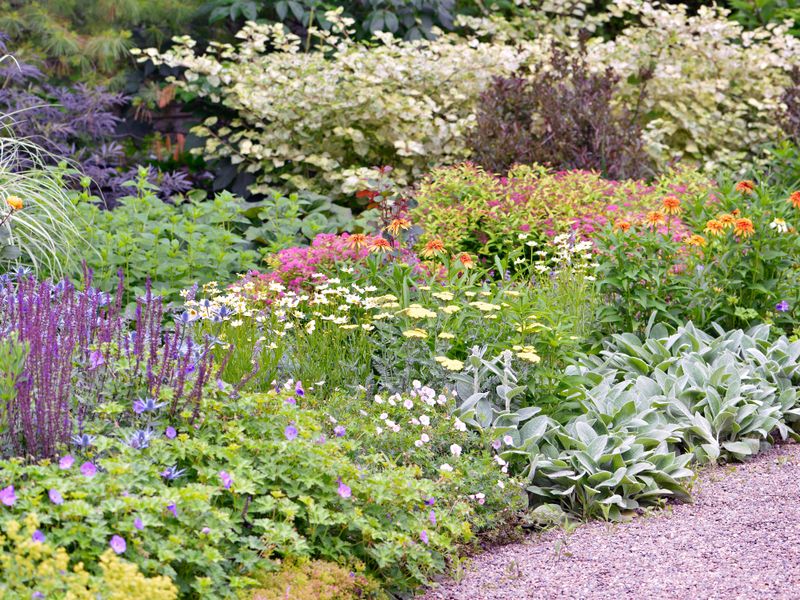
Transform plain edges along fences, driveways, or walkways into pollinator paradises! These often-neglected spaces can become bee highways with the right plants.
Choose low-maintenance, drought-resistant flowering perennials that spread naturally. Creeping thyme, sedum, and alyssum work beautifully while softening hard landscape edges with waves of bee-attracting blooms.
11. Provide Season-Long Blooms
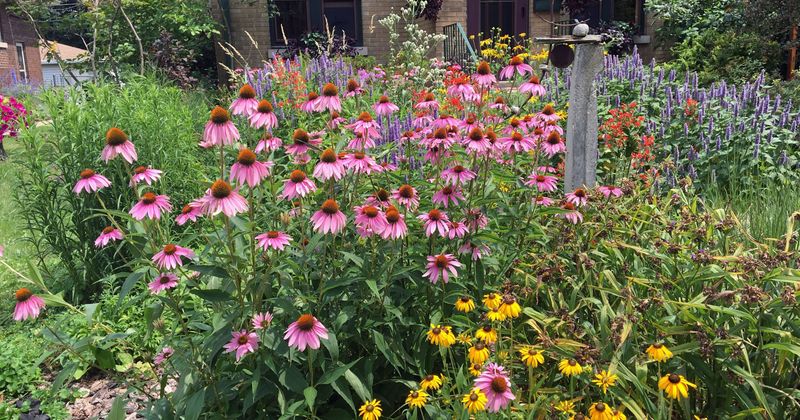
Hungry bees need food from early spring until late fall. Research which plants bloom during different seasons in your area and create a continuous buffet.
Early crocus and hyacinth, summer coneflowers and bee balm, then fall asters and goldenrod ensure bees never go hungry. Map out your garden to keep something blooming every month bees are active.
12. Leave Hollow Plant Stems
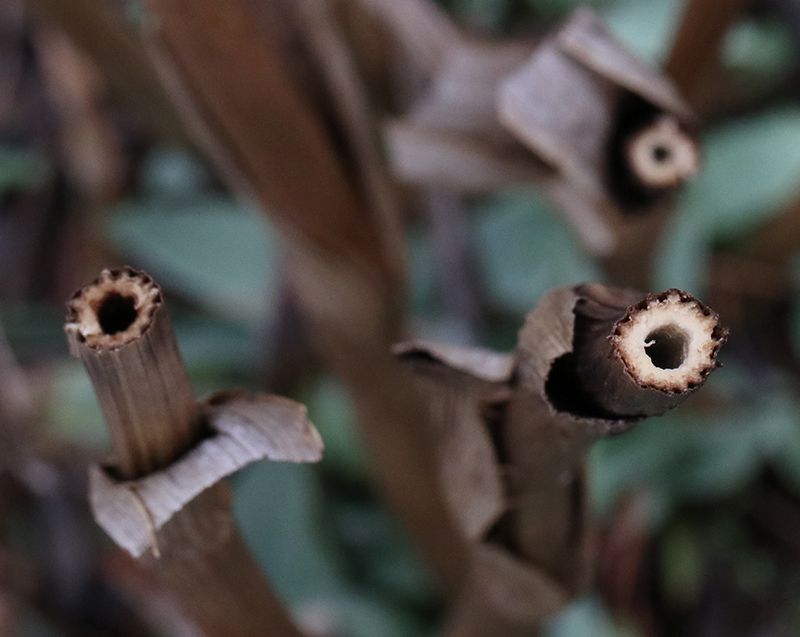
When cleaning up your garden in fall, leave some hollow plant stems standing about 8-24 inches tall. Many native bees lay eggs inside these natural tubes!
The stems provide winter homes for developing bee larvae. By spring, new adult bees will emerge ready to pollinate your garden. It’s like leaving up free bee apartments!
13. Create A Bee Meadow
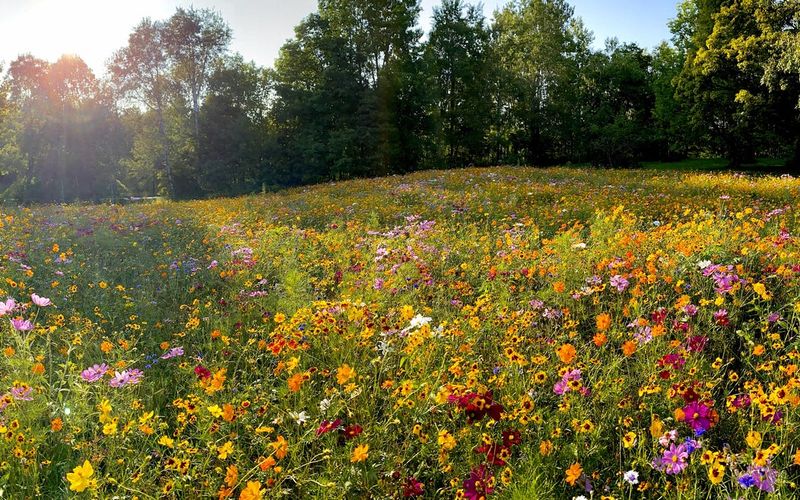
Got an unused corner of your yard? Transform it into a mini meadow! Simply stop mowing and sprinkle in wildflower seeds suited to your region.
The taller grasses and diverse flowers create a natural ecosystem that supports many bee species. Even a 3×3 foot patch can become a thriving pollinator paradise that practically maintains itself.
14. Grow Flowering Trees And Shrubs
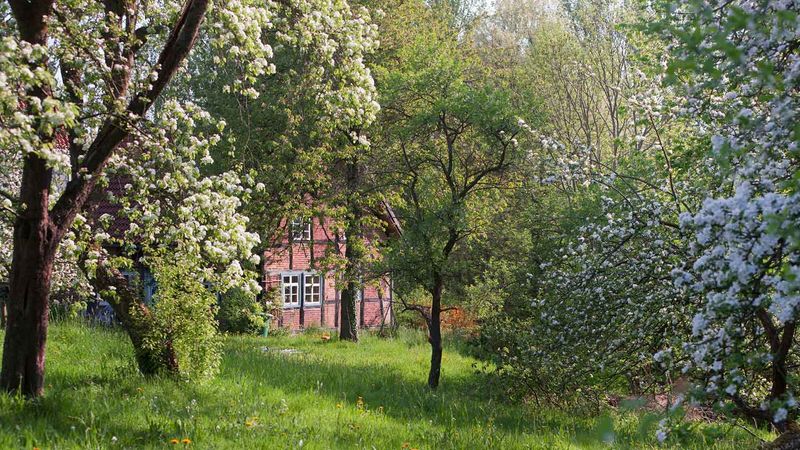
Flowering trees and shrubs produce thousands more blooms than small plants, creating bee buffets that last for weeks. Redbud, linden, and fruit trees burst with spring flowers.
Blueberry bushes, butterfly bush, and hydrangea keep bees fed through summer. These woody plants also provide shelter and nesting spots year-round—major bee bonus points!
15. Support Local Beekeepers
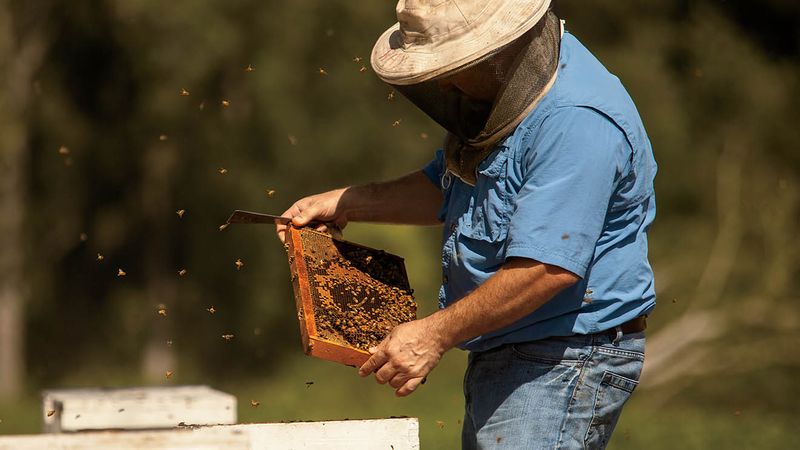
Buying local honey helps beekeepers maintain healthy hives that pollinate your entire neighborhood. Visit farmers markets to meet the folks keeping bees in your area.
Many beekeepers also sell beeswax products and offer advice on bee-friendly gardening. Some even provide pollination services or will remove unwanted swarms safely!
16. Spread Bee Awareness
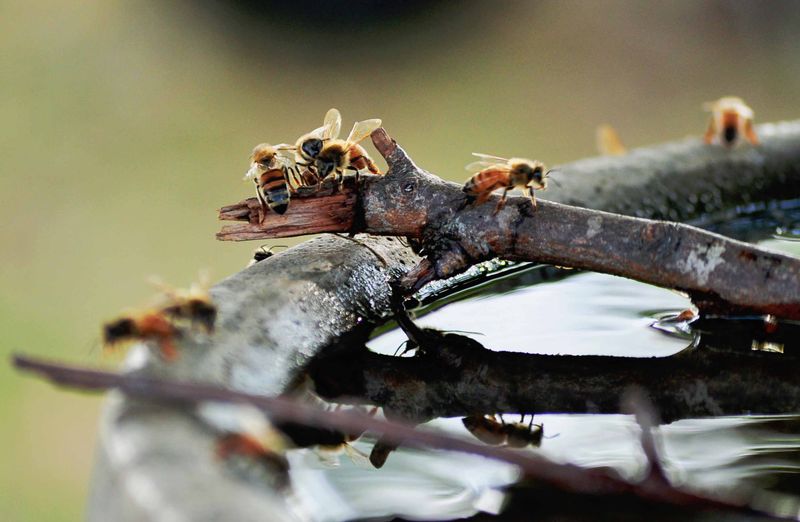
Share your bee-friendly practices with neighbors, friends, and family. Host a seed swap, give bee-friendly plant cuttings as gifts, or organize a community garden day.
Post your bee visitors on social media with educational captions. The more people who understand bees’ importance, the more backyards become safe havens for these essential pollinators!

